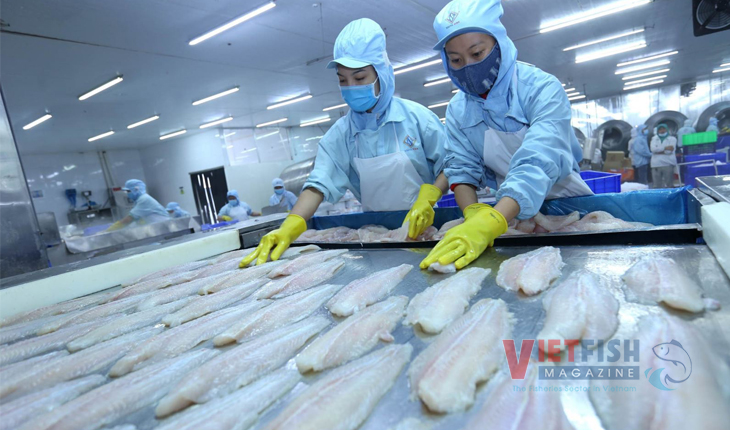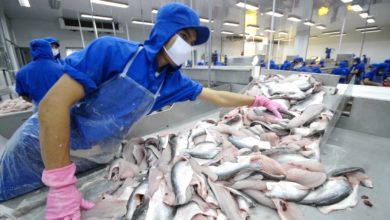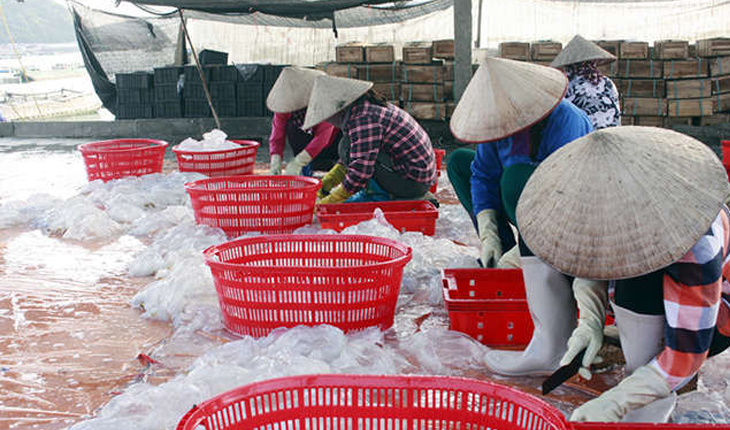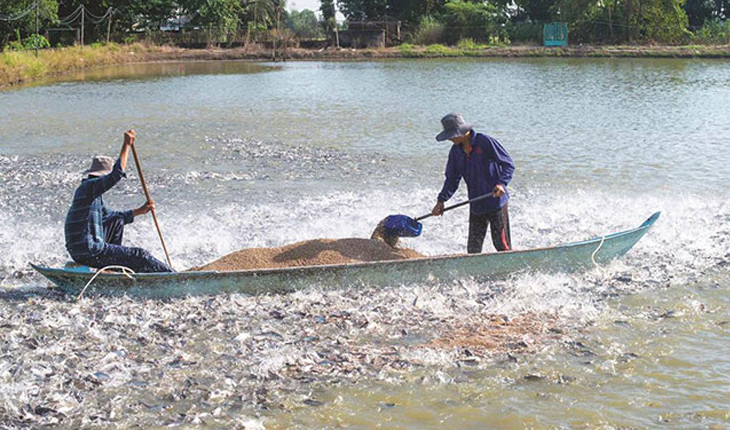Vietnam’s seafood exports surge in Q3 2024
Vietnam’s seafood exports continued their strong performance in 2024, with third-quarter exports totaling $2.76 billion, a nearly 13% increase compared to the same period last year.
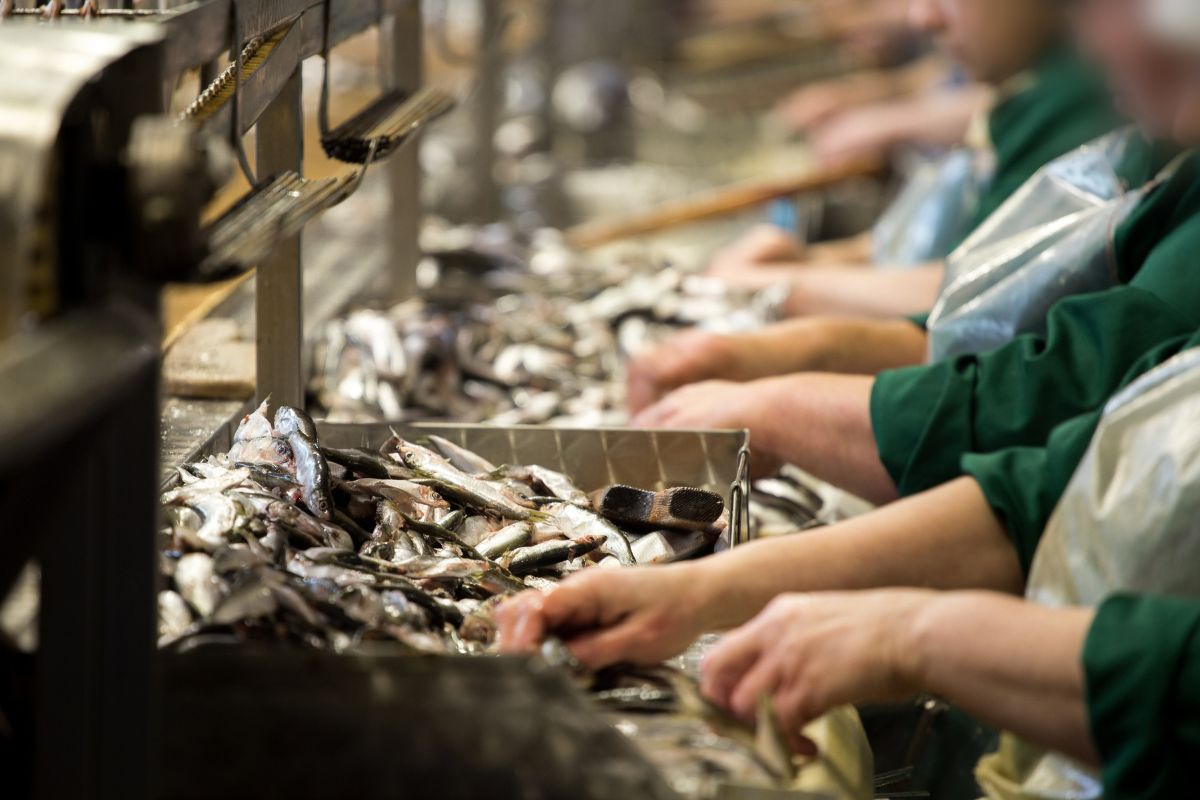
Over the first nine months of the year, seafood exports reached $7.16 billion, up 8.5% from 2023. In September alone, the country exported $866 million worth of seafood, marking a 6.4% rise from the previous year. After several years of disruptions caused by the COVID-19 pandemic, global conflicts, and inflation, international markets have started to recover, helping Vietnam’s seafood sector return to its typical growth pattern.
Impressive gains in key products
Several key seafood categories saw significant growth in Q3. Pangasius exports increased by 13.5%, shrimp exports rose by 17.5%, crab and lobster exports soared by 56%, and shellfish exports nearly doubled, with a 95% increase. These figures demonstrate the sector’s resilience and its ability to capitalize on improving market conditions.
However, tuna exports faced challenges. September saw a nearly 6% drop in tuna exports, limiting Q3 growth to just 4% year-over-year. Tuna exports began slowing in August due to stricter regulations requiring a minimum size of 0.5 meters, restricting catches and causing a shortage of raw materials for processors. Despite this, total tuna exports for the first nine months of the year still rose by 16%, reaching $715 million. Frozen tuna loins and fillets contributed 48% of the total, at $346 million, an increase of 9.6%, while canned tuna accounted for 30%, totaling $214 million, up 16.6%. Most of this growth was driven by strong performance in the first half of 2024.
Pangasius and shrimp exports lead the way
Pangasius remains a crucial export for Vietnam’s seafood sector. In the first nine months of 2024, pangasius exports brought in $1.46 billion, up 8% from last year. While processed pangasius accounted for a smaller share, it saw a dramatic 42% increase. Meanwhile, whole frozen pangasius exports grew by 24%, and frozen fillets and steaks rose by 4%. This steady growth underscores the enduring global demand for Vietnam’s pangasius products.
Shrimp continued to be the top-performing export in terms of value, generating nearly $2.8 billion in the first nine months of 2024, marking a 10.5% increase compared to the same period in 2023. Although frozen shrimp exports faced challenges from price competition with Ecuador and India, as well as slow price recovery, Vietnam’s processed shrimp products maintained a strong foothold in key markets. By the end of September, exports of processed whiteleg shrimp rose by nearly 10%, while frozen whiteleg shrimp exports saw a modest 4.5% increase. Overall, whiteleg shrimp exports reached nearly $2 billion, with black tiger shrimp contributing $334 million.
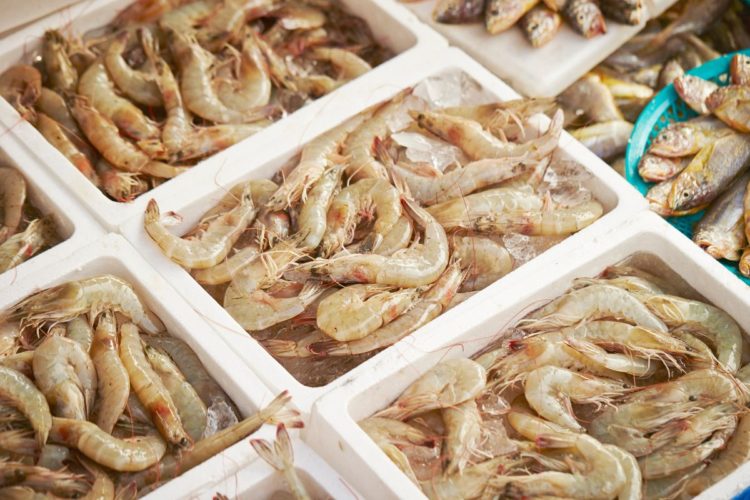
Other seafood categories
In the squid and octopus category, processed products outperformed frozen ones. Processed squid exports grew by 22% in the third quarter and by 13% over the first nine months of the year. However, total squid and octopus exports for the first three quarters of 2024 fell slightly by 2.7% year-over-year, totaling $464 million.
Exports of other marine fish species (mainly sea fish) saw modest growth in Q3, rising by 1.5% to exceed $181 million. For the first nine months, cumulative exports reached $1.34 billion, a slight decline of 3% compared to the same period last year. Fillets accounted for the largest share, bringing in nearly $479 million, an increase of 2.2%. However, surimi exports continued to struggle, falling by 3% in Q3 and declining nearly 11% over the first nine months, reaching $203 million.
Crab and lobster exports have been a standout success throughout 2024, maintaining robust growth. In Q3, exports surged by 56%, and for the first nine months of the year, they skyrocketed by 66%, totaling $227 million. This increase was driven primarily by a strong rise in live crab exports to China.
For the remainder of 2024
Vietnam’s seafood industry is poised for a strong finish to 2024, buoyed by continued growth in September and positive market signals. Experts predict that by year-end, total seafood exports could reach $9.5 billion, a 7% increase from 2023. Shrimp exports are expected to contribute nearly $4 billion, pangasius around $2 billion, tuna close to $1 billion, and squid and octopus approximately $640 million. The remainder will come from other marine fish and seafood products.
With global demand on the rise and export prices trending upwards, Vietnamese seafood companies are optimistic about the final months of 2024 and beyond. The recovery of international markets, combined with Vietnam’s strong position in processed seafood products, provides a solid foundation for continued growth into 2025. This resurgence marks a promising future for the country’s seafood sector, as it continues to expand its reach in key global markets.
VFM


